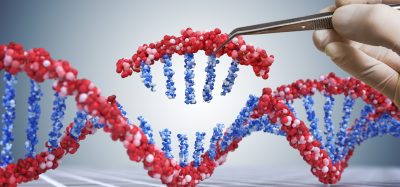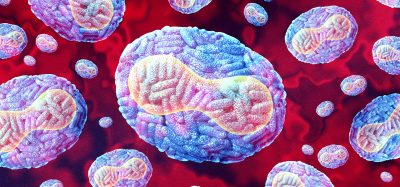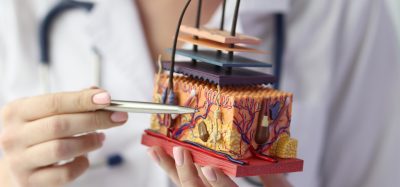Expert view: Three-dimensional cell cultures as predictive tools in early drug discovery
Posted: 6 December 2018 | Leena Mol Thuruthippalli (Senior Product Manager – Protein & Cell Analysis at Thermo Fisher Scientific) | No comments yet
Three-dimensional cell cultures (spheroids, organoids) are becoming widely used as a new predictive tool in early drug discovery. The use of 3D cell cultures is believed to provide a more physiologically relevant response than monolayer (2D) cell cultures because they closely mimic the extracellular matrix and cell-cell interactions that occur in vivo.
The drug discovery and development pipeline are retooling imaging technologies, such as high content analysis, to accommodate 3D cell cultures as the model of choice.
In a high-content assay, subcellular organelles are analysed by high-resolution images captured by automated microscopes. High content imaging and analysis of 3D cell cultures provides:
- Better predictive information on drug sensitivity
- Improved drug-target validation
- More accurate morphological and functional differentiation
However, evaluating 3D cell cultures comes with many limitations. Some of the factors that affect the quality of a 3D cell-based assay outcomes include a poor compound or fluorophore penetration, light penetration into or out of the spheroid/ organoid core, light scattering and cross-talk between channels when multiple fluorophores are excited simultaneously. Therefore, applying a combination of tools for assay preparation, image acquisition, visualisation, and data analysis to optimise the assay protocols are very important.
Biomarkers are redefining how precision therapies are discovered, validated and delivered.
This exclusive expert-led report reveals how leading teams are using biomarker science to drive faster insights, cleaner data and more targeted treatments – from discovery to diagnostics.
Inside the report:
- How leading organisations are reshaping strategy with biomarker-led approaches
- Better tools for real-time decision-making – turning complex data into faster insights
- Global standardisation and assay sensitivity – what it takes to scale across networks
Discover how biomarker science is addressing the biggest hurdles in drug discovery, translational research and precision medicine – access your free copy today
While there are various methods to evaluate 3D cell cultures, imaging technologies have advantages over other analytical methods. Imaging analysis enables multiple readouts without disrupting the sample physiology. Low-resolution microscopy is typically employed to track overall changes in spheroid structure and size. High-resolution microscopy using fluorescent probes provides data on individual cell structure, function, relative location, overall changes in the morphology and growth of the 3D structure and mechanisms underlying cellular responses to drugs. Current techniques for 3D fluorescence microscopy acquisition include widefield, confocal and super-resolution microscopy. Because of the thickness of the 3D spheroid samples, confocal microscopy can provide better background rejection and sharper images. For drug discovery, 3D imaging systems should be scalable, relatively high-throughput, fast, simple, reproducible and automation compatible.
Related topics
Analysis, Assays, Cell Cultures, Cell-based assays, Drug Discovery, Drug Discovery Processes, Imaging, In Vivo
Related organisations
Thermo Fisher Scientific








